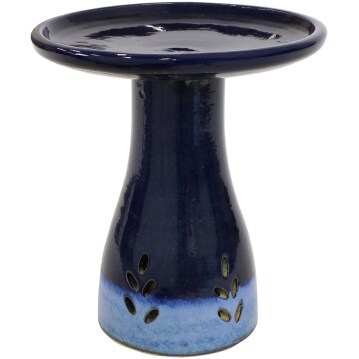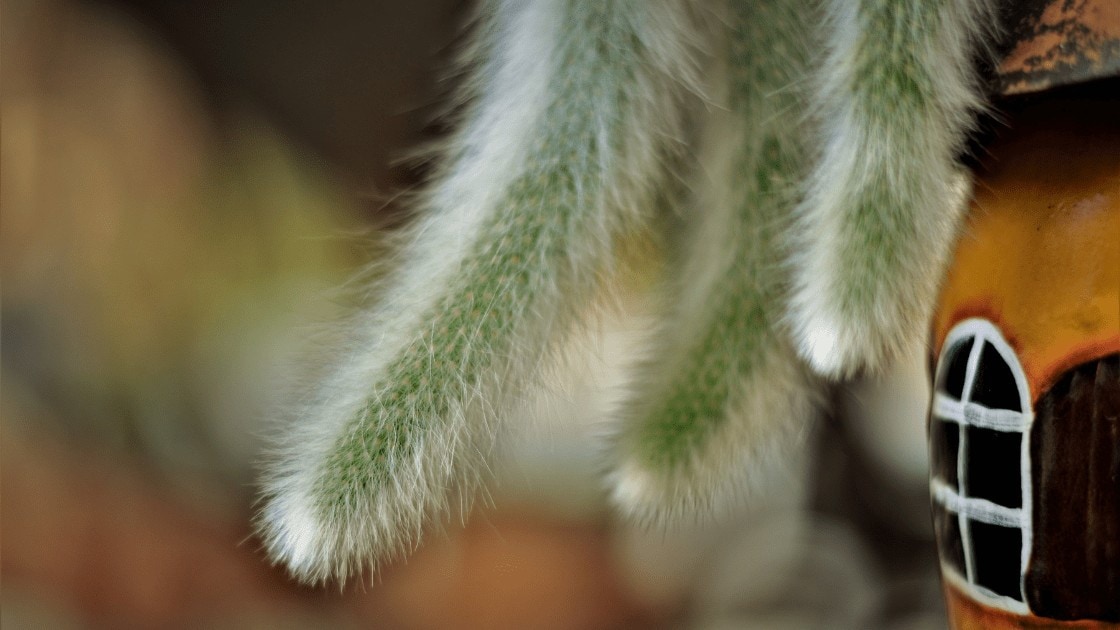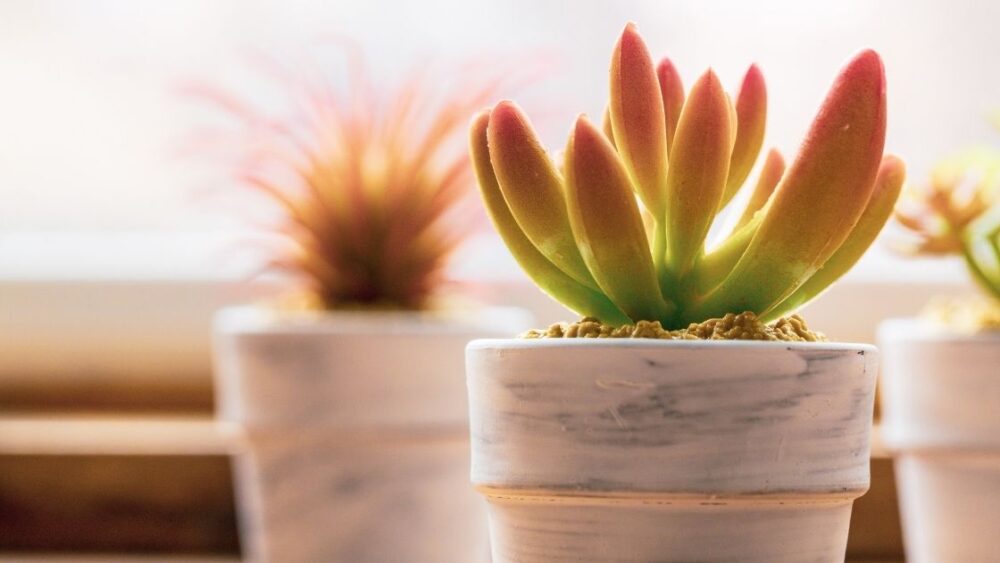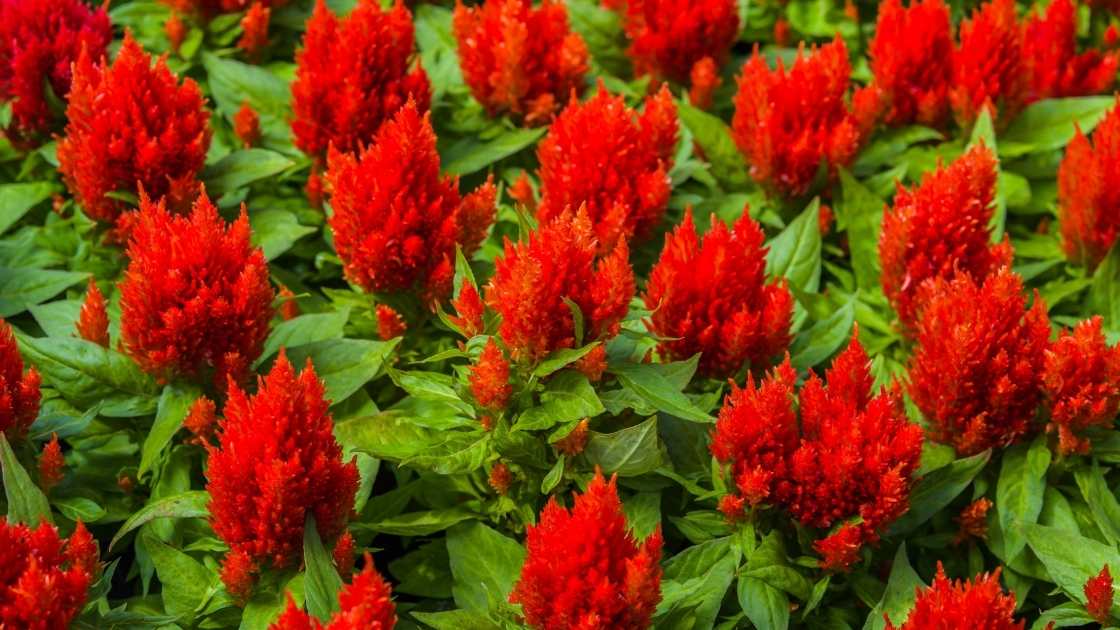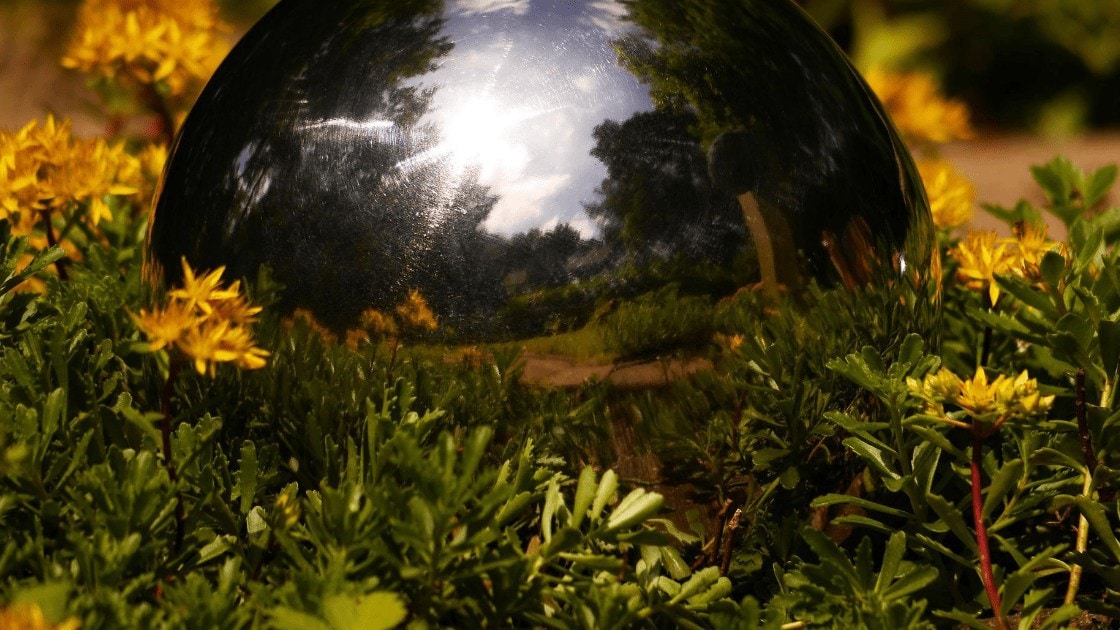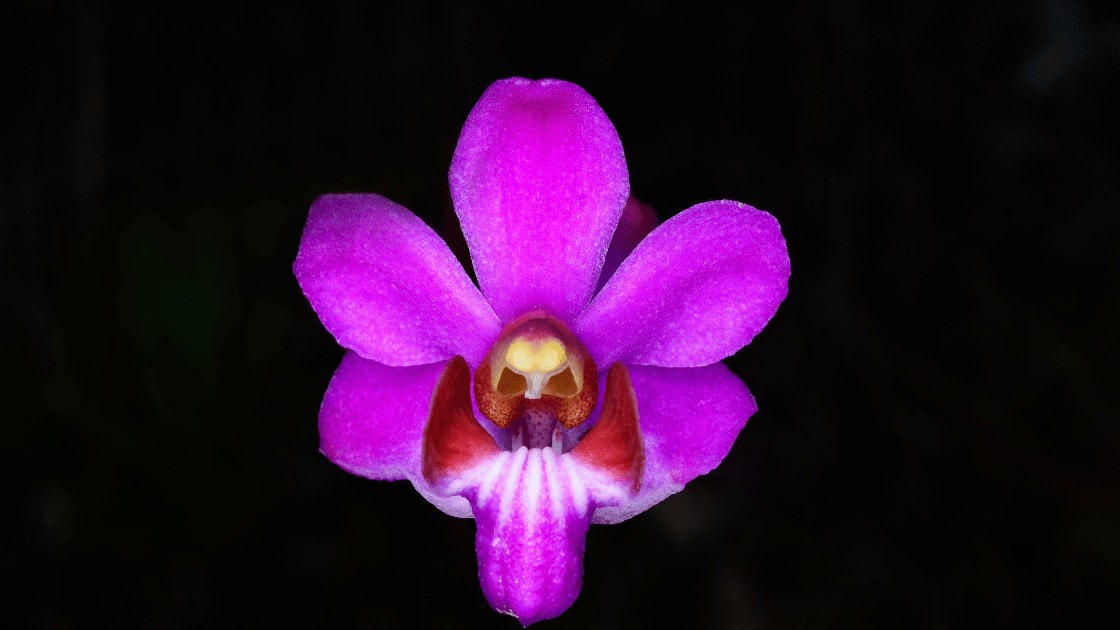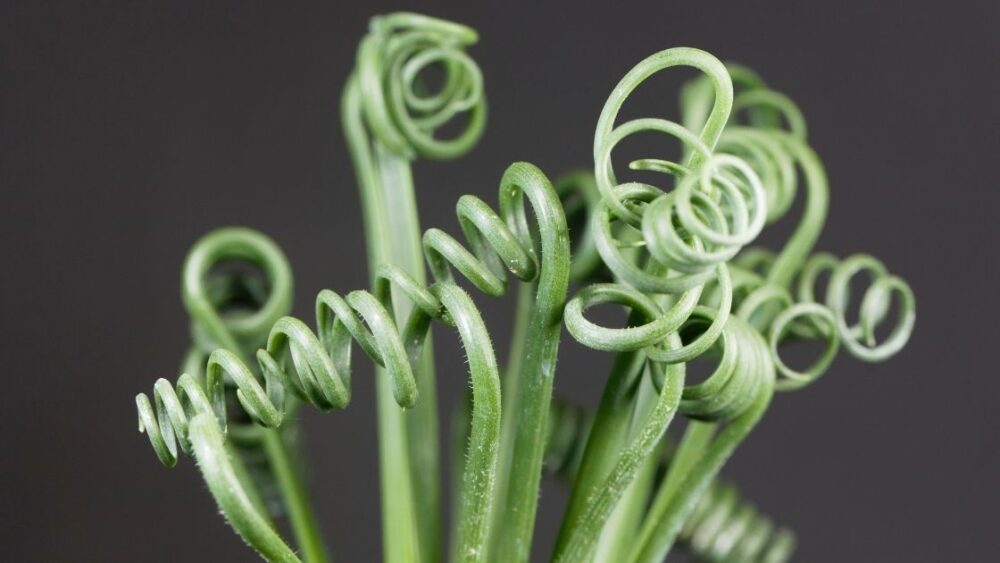
Albuca is a large genus, containing more than 150 bulbous flowering plants, many of which are classified as succulents. This is not a difficult plant to grow, but it should be watered carefully and sparingly. Albuca can be grown outdoors, but the bulbs will usually have to be dug up and brought back indoors for the winter. In the following paragraphs, we’ll explore the care requirements of this plant in more detail and will go over the four most interesting varieties, which you can easily get your hands on. We’ll also take a look at the most common issues you may experience when caring for this plant and how to fix them. Let’s get into it!
What Is Albuca – Description, Origin and General Information
Albuca plants come from South Africa – most of the cultivated varieties have eye-catching, corkscrew leaf shapes. At the beginning of summer, numerous white or yellow flowers appear – their abundance depends on whether the plant has been given plenty of sunlight during the growing season. This plant can be purchased as a potted specimen from a nursery, or bulbs can be obtained and planted.
Blooming
In the wild, Albuca will put out a flower stalk shortly before entering summer dormancy. In domestic cultivation however, it may flower continuously and unpredictably, especially when given optimum conditions and plenty of direct sunlight.
Browse our Affiliate Products
Some gardeners report that their Albuca keeps putting out flower stalks throughout the whole year. This behavior may eventually exhaust the nutrients in the bulb and the plant may not flower the following year.
Is Albuca a Succulent?
Albuca is a relatively poorly studied genus – although it is classified as a succulent plant, there hasn’t been much research into the type of photosynthesis it performs. However, considering that it comes from South Africa and that it can survive with very little water, Albuca can be treated as a leafy succulent. As such, it requires strong, direct sunlight and infrequent watering.
The 4 Easiest to Grow and Most Unique Albuca Varieties/Species
There are about 160 Albuca species but only a few are commonly cultivated in household conditions. All of those have thin leaves and flowers that are either yellow, white or pale green. Every member of the Albuca genus has bulbous roots, which store nutrients can be used for propagation.
Albuca spiralis
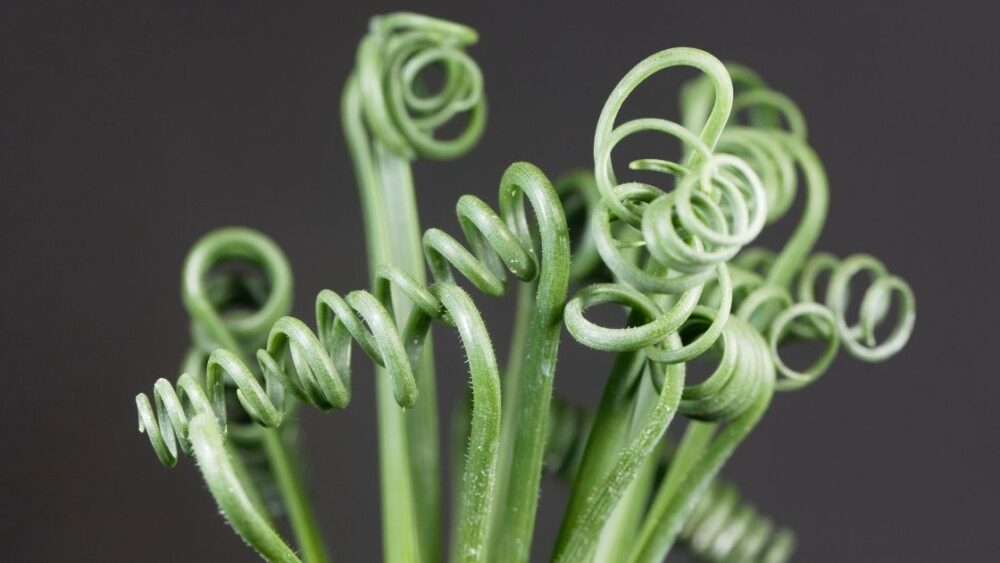
Albuca spiralis is a species with heavily-curled, corkscrew leaves. The flowers are large, yellow-green and have a pleasant fragrance.This species has several sub-varieties/cultivars. The most popular one is ‘frizzle-sizzle’ – this variety has been cultivated for many years and is one of the most resilient ones.
It has very desirable growth characteristics and is a bit more hardy compared to other varieties and species. Its bulbs grow faster compared to other varieties. ‘Frizzle-sizzle’ was patented in 2005.
Albuca concordiana
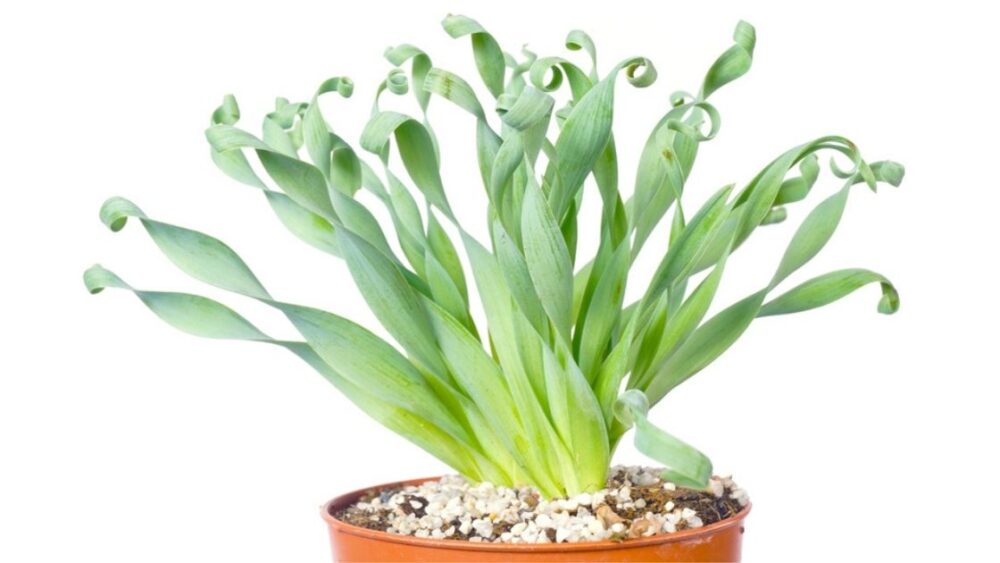
This is a very small variety, reaching less than 10 inches in height with the flower stalk included. This variety is recognizable by the bluish color of its leaves, common in many succulents (like many Echeveria species). This is a slower-growing variety, that likely uses the more inefficient CAM photosynthesis common in many succulents. Strong sunlight is extremely important for this variety – it doesn’t develop any leaf curl in light-deficient environments.
The blueish tinge on its leaves is a good indicator that it’s receiving enough sunlight – this goes away in a matter of weeks if light levels are sub-optimal and so does the curling on new leaves.
Albuca humilis
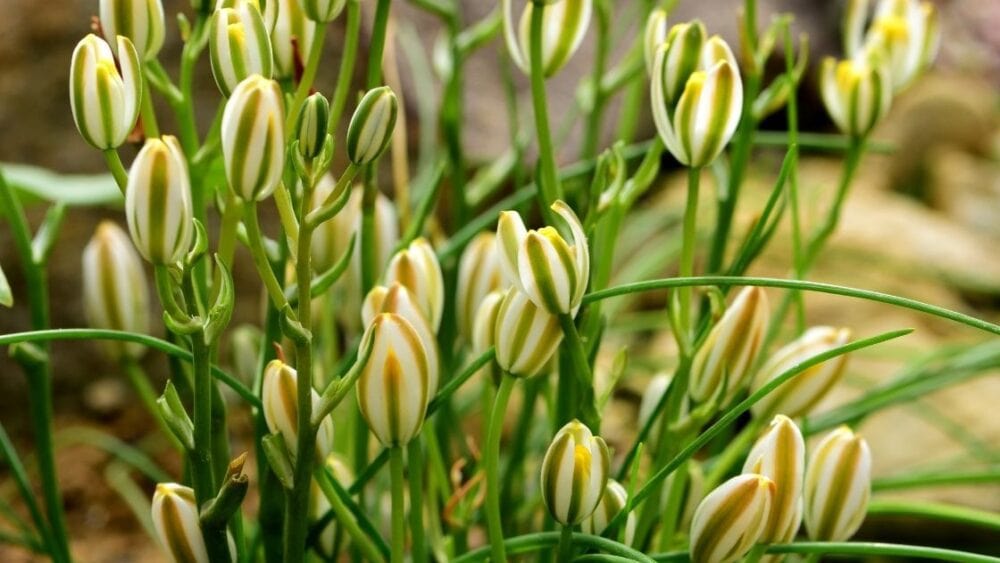
This is one of the least succulent-like species of Albuca – it has very thin, bright green leaves, which look like grass. This is a small variety, reaching less than 10 inches in height. It’s a prolific bloomer and in optimum conditions (abundance of direct sunlight in particular) will put out a large mass of flowers, much larger in size than the rest of the foliage.
Albuca setosa
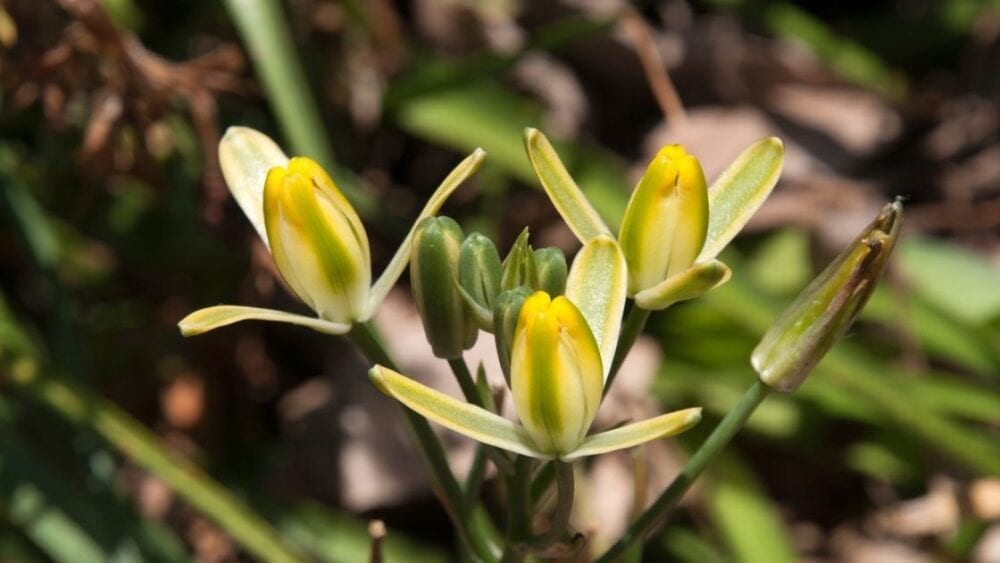
This species is instantly recognizable by its flowers – they are unlike those of other varieties and feature a sharp contrast of white, dark green and yellow. Also referred to as ‘white albuca’, this species is known to be the hardiest of all widely available Albuca species.
However, it can still be killed by prolonged exposure to sub-freezing temperatures, and its exact frost tolerance has never been scientifically determined. This variety has wider leaves, which are similar in shape to those of the common Hyacinth (which surprisingly is in the same plant family and sub-family).
For more information on bulbs, check out these other types of bulbs. How Much Water and Sun Does Saffron Crocus Need?
Etsy offers a wide Albuca variety check them out by clicking here.
To find a wide variety of succulents, Check out our affiliates below.
Albuca Care and Growth Requirements
It’s important to understand the annual cycle of Albuca – its native environment is South Africa, where it likes to go dormant during the hot summer and grow actively during the winter, when the temperatures are between 50 – 70F(10 – 20C).
Rising temperatures during the summer are likely to make most Albuca species bloom and lose their leaves afterwards, with the cycle repeating the following year. The temperature threshold at which this happens isn’t exact and daylight length may also be a seasonal signal for the plant.
Can Albuca grow outdoors and in which climate?
Albuca bulbs are buried only partially in the ground, with the top 20% exposed – this makes the plant frost-sensitive when planted outdoors.
Very light frost can be tolerated, but it’s best to bring the bulbs back indoors during the winter, unless you live in a zone with no frost. High heat can also be problematic and will trigger many species to go dormant.
Sunlight requirements
Albuca has a small leaf area and requires a lot of energy for flowering and for bulb development. This makes it a sun-loving plant. It can store a lot of energy in its bulbous roots – a bulb with high energy reserves can put out a lot of growth with very limited sunlight, but those reserves will eventually be exhausted – if you want to grow Albuca long-term, direct sunlight or a suitable LED grow light is a must.
Albuca plants that don’t get sufficient sunlight will grow leaves that are straight and lack the characteristic corkscrew curl. Usually, 6 hours of direct, window-filtered sunlight is required in order to get your Albuca plant looking like the ones in pictures.
What type of soil is required?
In the wild, Albuca prefers rocky, sandy soils. Planting the bulbs in dense soils, rich in organic matter will usually lead to rotting of the bulb, especially in combination with more frequent watering.
Feeding/fertilization requirements
Planting Albuca in a very sandy soil, poor in organic matter will greatly reduce rotting problems, but will also limit the nutrient availability. Fertilization is required for optimum growth. Large bulbs already have a lot of stored nutrition and can put out leaves and flower stalks even in a completely inert medium.
If you want to grow Albuca as a perennial, watering with a a half-strength cactus fertilizer once every two months is recommended.
How often should Albuca be watered?
Infrequent, thorough watering works best. Planted in very sandy soil, Albuca becomes highly resistant to overwatering and can be watered as frequently as once a week. Keep an eye out for symptoms of dehydration and water accordingly.
This plant is difficult to kill with neglect and the bulbous root has at least a few weeks of water reserves. Forgetting to water for a long time will often just force the plant into summer dormancy – the bulb will still survive for many months.
Common Issues You May Experience
The most common symptoms in Albuca are yellowing of the leaves and browning of the leaf tips – both of those are normal and occur with dormancy or immediately before the development of a flower stalk. Most of the other commonly encountered problems come down to overwatering or insufficient light.
Browning of the leaf tips
This occurs in many Albuca varieties during the development of the flower stalk. The plant is simply transferring nutrients from its leaves towards the bulb and using them for the energy-intensive flowering process. Cutting off the flower stalk immediately after you notice it can stop the process of leaf browning, but most people aren’t willing to do that – blooming is probably the most exciting part of the annual cycle of this plant.
Leaf yellowing
Uniform yellowing of all of the leaves usually occurs as the plant prepares for winter dormancy. During this process, all the nutrients are sucked back into the bulb – they will be re-used during the next growing season. Leaf yellowing can also sometimes develop because of overwatering or insufficient light levels.
Unhealthy appearance with only a few, pale leaves
This usually occurs with bulbs that have spent all of their nutrient reserves for flowering and haven’t been given adequate nutrition or sunlight to replenish their energy. Giving the plant at least 4 to 6 hours of direct sunlight and providing some light fertilization usually solves the problem in a few weeks.
Rotting issues/Mushiness of the bulb base
This is caused by watering too frequently or using soil that retains too much water. High compost soils may also have too much bacterial activity, which can lead to rotting issues even if you are watering infrequently. Fortunately, Albuca has a large, bulbous root, which makes repotting extremely easy – don’t hesitate to perform it if you notice any signs of rotting.
Final Thoughts
Albuca is an interesting bulbous succulent with large, fragrant flowers – it looks best as interior decoration in minimalist design, but unfortunately requires a lot of direct sunlight every day. It’s also suitable for outdoor rock or alpine gardens – the bulbs can be easily dug up and brought back indoors for the winter to prevent any frost damage.

